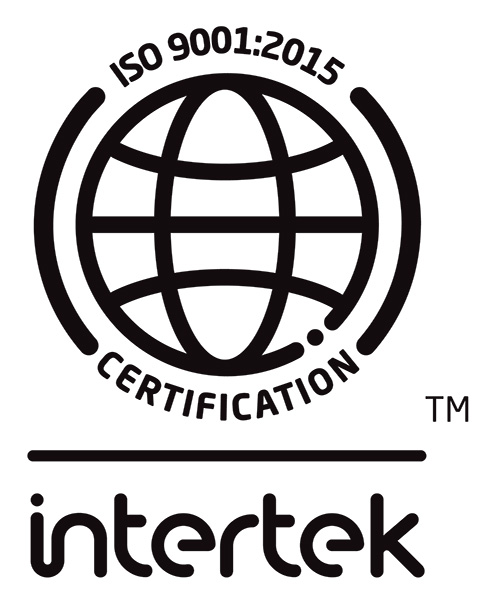
by Robert Rennie
The glycopeptide antibiotics are cell-wall active agents that include glycopeptides(vancomycin), modified glycopeptides (oritivancin and dalbavancin) and lipoglyopeptides (teichoplanin and televancin). There are a number of other compounds with similar activity that have not yet been licensed and will not be discussed here (1).
Mode of Action
The primary mode of action of all these agents is inhibition of cell-wall synthesis in gram positive bacteria. There is virtually no effective activity against gram negative bacterial species. Vancomycin is the best studied. It binds to the terminal D-alanine-D-alanine residues of the structural peptides N-acetyl glucosamine (NAG) and N-acetyl muramic acid (NAMA) in the growing cell wall. In this way NAG/NAMA peptides are prevented from forming together into a structurally strong cell wall and cross linking of those moieties is also prevented. The result is a weak cell wall that eventually bursts. The glycopeptides are bactericidal agents.
Activity
The antimicrobial activity of the glycopeptides and lipoglycopeptides depends on the side chains incorporated into the active structure of the molecules.
Vancomyicn has broad activity against a variety of gram positive bacteria, including Staphylococcus aureus (both MSSA and MRSA), coagulase-negative staphylococci, Enterococcus species, both Streptococcus pyogenes and Streptococcus pneumoniae, Bacillus cereus, Corynebacterium jeikeium, Listeria monocytogenes, and viridans group streptococci (both penicillin susceptible and resistant strains).
Teicoplanin has similar activity but is inactive against Enterococcus faecalis. Against anaerobic bacteria, vancomycin is active against Clostridium difficile, Clostridium perfringens, and peptostreptococci but has not clinically effective activity against other anaerobic species. Dalbavancin and oritavancin have substantially broader activity against a range of anaerobes.
Modification of the basic structure of the glyopeptide molecule with addition of glycosyated or acyl side chains or other fatty acids alters the activity of these agents. Telavancin is more active than vancomycin but less active than oritavancin. Dalbavancin is more active than vancomycin and teicoplanin. Each of the newer derivative agents has additional activity against enterococci, both vancomycin-susceptible and -resistant strains. The reader should review appropriate literature and summary data to learn the niche activities for each of these agents. Data is available in both EUCAST and CLSI documents for these agents.




